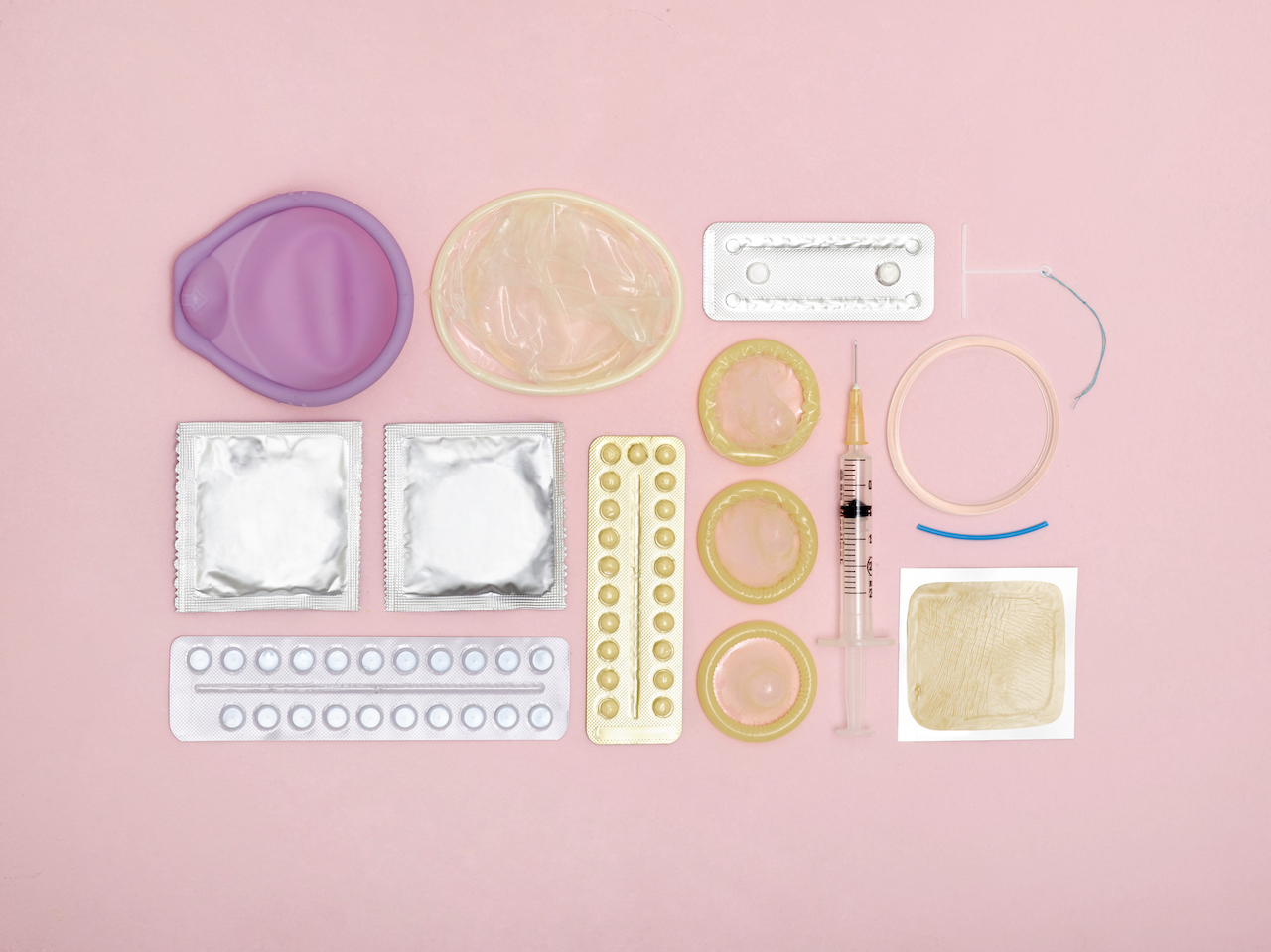This post, like many, was motivated by a reader question. In this case, the reader was looking at long-term (i.e. permanent) birth control options. She was considering an IUD but also wondering: Wouldn’t it just be easier if her husband got a vasectomy? He, however, was not interested in doing so, or at least was quite anxious about the idea. She asked if there was anything I could say to reassure him.
This experience is not unusual. Globally, female sterilization procedures (i.e. tube tying) are about five times as common as vasectomies, even though they are a much more involved procedure with higher risks. There are probably various reasons for this, but one may be a general male reluctance to undergo a procedure that involves their scrotum and a knife.
This is a shame, because a vasectomy is a low-risk procedure that provides excellent (permanent, though sometimes reversible) birth control. In an effort to help the reader above, and anyone else who is thinking this through, today is a vasectomy deep dive.
What does the procedure involve?
In very simple terms, a vasectomy involves cutting a small segment out of the vas deferens, which is the tube that carries sperm out of the testes. The small segment is removed, and the cut ends are either cauterized (exposed to heat to burn and seal them) or sutured. The result is a tube that can no longer carry sperm between the testes and the urethra.

We can go a little deeper into how this is performed. Obviously, as with any surgery, exactly how it happens will depend on the doctor or the location. But here’s a basic overview (I am going to describe the “no scalpel” technique that is most commonly used in the U.S.).
The patient lies on his back. The penis is positioned up toward the stomach, likely taped on so it’s not in the way. The scrotum is then shaved.
The vas deferens goes all the way from the testes up to the prostate, but the relevant part is located between the top of the testes and the base of the penis. At this point, some anesthesia is administered, typically through a shot, although there are spray techniques that avoid needles which may be of interest to some patients. It is also worth saying here that some urologists will offer an anti-anxiety medication (like Valium) to treat the anxiety that commonly accompanies this procedure.
Once the area is numbed, the vas deferens tube is either clamped or grasped so it’s isolated just under the skin of the scrotum. A pair of sharp scissors (a “mosquito hemostat”) is used to cut the scrotal skin so a small part of the vas can be brought up in a loop. There may be one or two cuts made. A portion of the vas is pulled out and exposed.
From there, a small piece is cut out (10 to 15 millimeters in length), and the ends are sutured or in some other way sealed. The cut ends are then returned to the scrotum. In this technique it is not necessary to suture the cut closed, although skin glue may be used. The wound is dressed, and the patient puts on tight underwear (so the scrotum is supported).
Then they leave! That’s it!
What’s the recovery like?
For 24 to 48 hours, some pain is common (which can typically be managed with ibuprofen or acetaminophen). Ice packs can be used, as well as elevating the scrotum on a rolled-up towel while lying down. Mild swelling and bruising is normal. General recommendations are to rest for the first 24 hours and refrain from heavy work or sports for a week. Also, no sex (or masturbating) for a week.
Does it work?
Yes. Estimates suggest that vasectomy is perhaps 98% effective at preventing pregnancy, which is about as high as you can get.
An important thing to note, though, is that this doesn’t occur immediately. Men’s bodies store up some sperm outside of the testes, so it’s important to use other types of contraception until you confirm sterility.
This takes a little time. One review suggested that at least 80% of men had success after three months and 20 ejaculations. The more frequently sex occurs (or at least ejaculation), the more quickly success is achieved. There is an at-home test for sperm count, but generally a more sensitive test at the doctor is recommended to confirm.
Again — the success here is really good. For men who had a post-vasectomy semen analysis with no viable sperm, the risk of pregnancy is about 1 in 2,000. Nothing is perfect, but this is a very small number.
What about complications?
The most common complications are associated with excess bleeding (either outwardly or a hematoma — basically, a bad bruise). A review of studies suggested that the technique described above (without a scalpel) results in these complications somewhere between 0.1% and 2% of the time. Infection can also occur, generally less than 1% of the time. A small share of men — perhaps 1% to 2% — have longer-term pain. All of these risks are limited and mostly short-term.
There are a variety of risks that are sometimes associated with vasectomy for which there is no evidence. These include an elevated risk of cardiovascular disease, an elevated risk of immune system dysfunction, an elevated risk of testicular cancer, and an elevated risk of prostate cancer. In a couple of these cases (prostate cancer in particular), there are links in observational data, but they are likely driven by other biases. These concerns are not evidence-based reasons to avoid vasectomy.
Can it be reversed?
Yes, though not easily or necessarily successfully. An additional surgery can work to reverse a vasectomy in 50% to 70% of men, with higher reversal success rates among those with a more recent vasectomy. But even a reversal doesn’t guarantee pregnancy, and this would not typically be covered by insurance. It isn’t intended as a reversible form of birth control even if it is technically possible.
Bottom line
Vasectomies used to be a more popular form of birth control than they are now. It’s not clear what is responsible for the decline; one possibility is the improvement in IUD technologies that made longer-term birth control easier for the female partner. But there are a lot of reasons to like a vasectomy! It is safe, inexpensive, and effective.
To the reader at the start, and anyone else thinking about a vasectomy, hopefully this demystifies it a bit.
I owe thanks on this post to Dr. Liza Aguiar, a urologist at Brown University. She also provided some inspiring images for your post-vasectomy party.


















